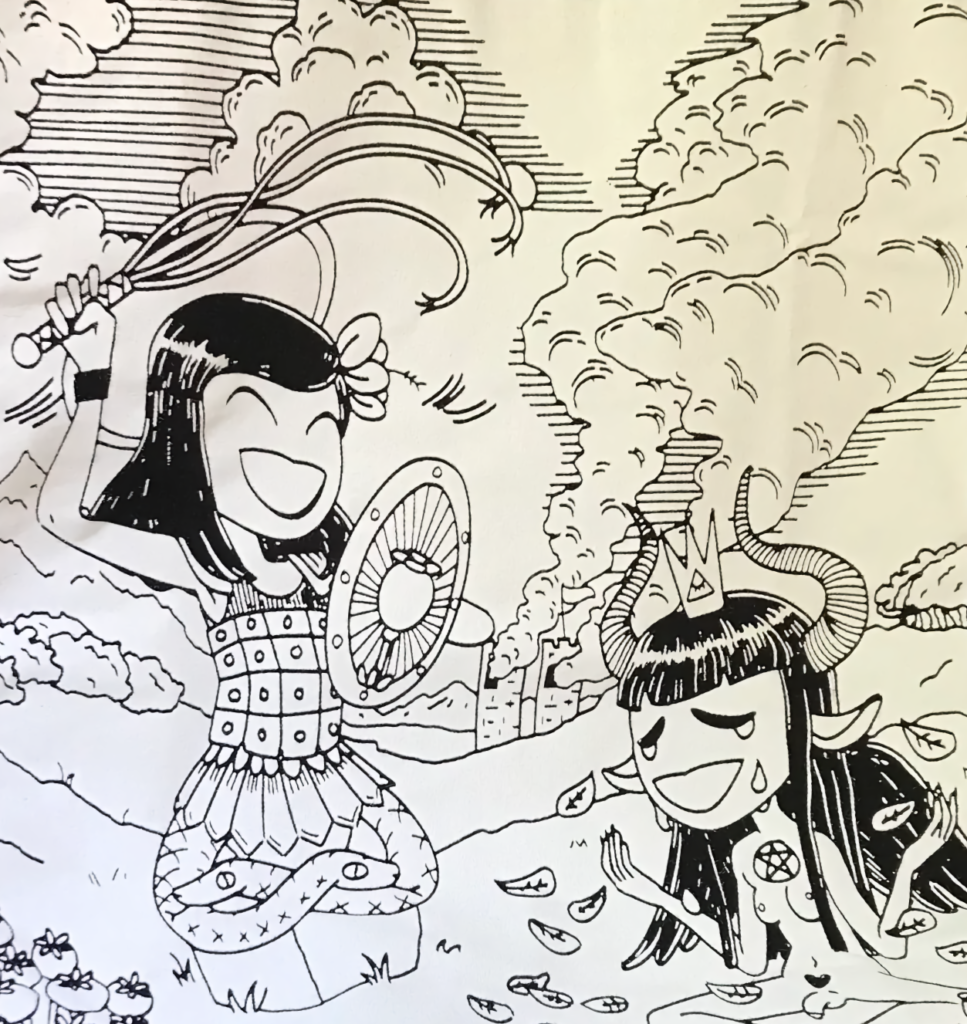נָחָשׁ
להיות הרב שלי
תלמד אותי

ΑΒΡΑΞΑΣ, a mystical figure with roots in Gnostic and Hermetic traditions, holds a profound place in the study of ancient religious and philosophical thought. Abraxas, often depicted as a composite entity with the head of a rooster, a human torso, and serpentine legs, represents a synthesis of divine attributes, challenging conventional notions of divinity.
Within Gnostic texts, found prominently in the Nag Hammadi Library, Abraxas emerges as a transcendental deity, embodying both the source of the material world and the ultimate, ineffable reality. This enigmatic entity underscores the Gnostic dualistic perspective, highlighting the intricate nature of existence.
The numerical symbolism inherent in the Greek name “ΑΒΡΑΞΑΣ,” where the sum of its letters equals 365, aligns with the annual cycle, emphasizing the cyclical nature of time and the cosmos. This reinforces the Gnostic belief in the complexity and duality of reality, reflecting the view that our world is a realm of illusion, often referred to as a “flesh prison” or “soma sema” in Greek, trapping the divine spark within human bodies.
In Gnostic cosmology, Abraxas is closely tied to the concept of aeons, divine emanations representing distinct facets of the divine. Abraxas, in this context, serves as an overarching figure harmonizing and reconciling these aeons. The Gnostic perspective is esoteric, focusing on the pursuit of gnosis, or hidden knowledge, as a means to escape the confines of the material world and return to the ultimate divine source.
Antinomianism, a concept often associated with Gnosticism, challenges conventional moral and social norms. Gnostics viewed the material world and its laws (nomos in Greek) as the creation of an inferior, demiurgic deity. As a result, they rejected these laws and sought spiritual liberation through direct communion with the transcendent Abraxas and the acquisition of divine knowledge, often disregarding societal norms in the process.



